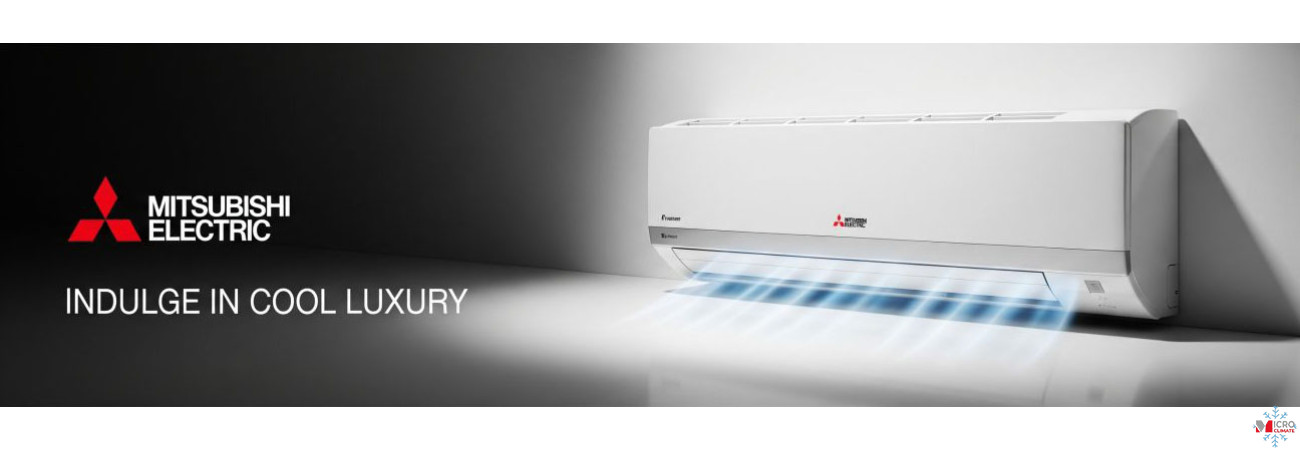
Proper HVAC installation determines system efficiency, lifespan, and reliability.
Even premium equipment can underperform if installation standards are not followed.
Below are the most frequent mistakes seen in the UK HVAC industry — and how to avoid them.
1. Incorrect System Sizing
Oversized systems short-cycle and waste energy; undersized units run continuously and fail to maintain comfort.
Always perform CIBSE/BS EN load calculations before selecting capacity.
Inverter systems offer flexibility, but correct base sizing remains essential.
2. Poor Refrigerant Piping Practices
Improper pipe diameter, excessive bends, or uninsulated joints cause capacity loss and compressor strain.
Use refrigerant-grade copper and follow manufacturer limits for total length and vertical lift.
Always pressure-test with nitrogen (3.8 MPa) and perform vacuum dehydration before charging.
3. Inadequate Airflow Design
Undersized ducts or blocked returns reduce performance and increase noise.
Design airflow for 6–8 m/s in main ducts and 4–5 m/s in branches.
Balance dampers and diffusers for uniform distribution.
4. Ignoring Drainage and Condensate Management
Improperly sloped drain lines lead to water leaks and odour problems.
Maintain a 1 % slope, install traps, and verify pump operation during commissioning.
5. Electrical and Control Wiring Errors
Mixing power and communication cables can cause interference and sensor faults.
Follow BS 7671 standards and maintain proper cable separation.
Label all circuits for service clarity.
6. Skipping Commissioning Procedures
Failing to verify system parameters after installation results in inefficiency and warranty issues.
Check refrigerant pressures, airflow rates, and control communication before handover.
Record all readings in the commissioning logbook.
7. Neglecting Insulation Quality
Poor insulation leads to energy loss and condensation.
Use closed-cell insulation (13–19 mm thick) on all refrigerant and condensate lines, sealing joints with vapour-proof tape.
8. Lack of Maintenance Planning
Installing systems without maintenance access or contracts increases long-term costs.
Ensure easy access to filters, coils, and control panels, and establish a service schedule from day one.
9. Non-Compliance with Regulations
Ignoring F-Gas documentation, leak detection, or ventilation codes can lead to fines and equipment shutdowns.
All work must be performed by REFCOM-certified engineers.
10. Inadequate Training
Technicians unfamiliar with brand-specific controls or commissioning tools risk misconfiguration.
Always attend manufacturer training — particularly for VRF/VRV and BMS integration.
Conclusion
Avoiding these common installation mistakes ensures reliable, efficient, and compliant HVAC performance.
By adhering to professional standards, UK installers and building owners can maximise system longevity, comfort, and energy savings while avoiding costly repairs.




